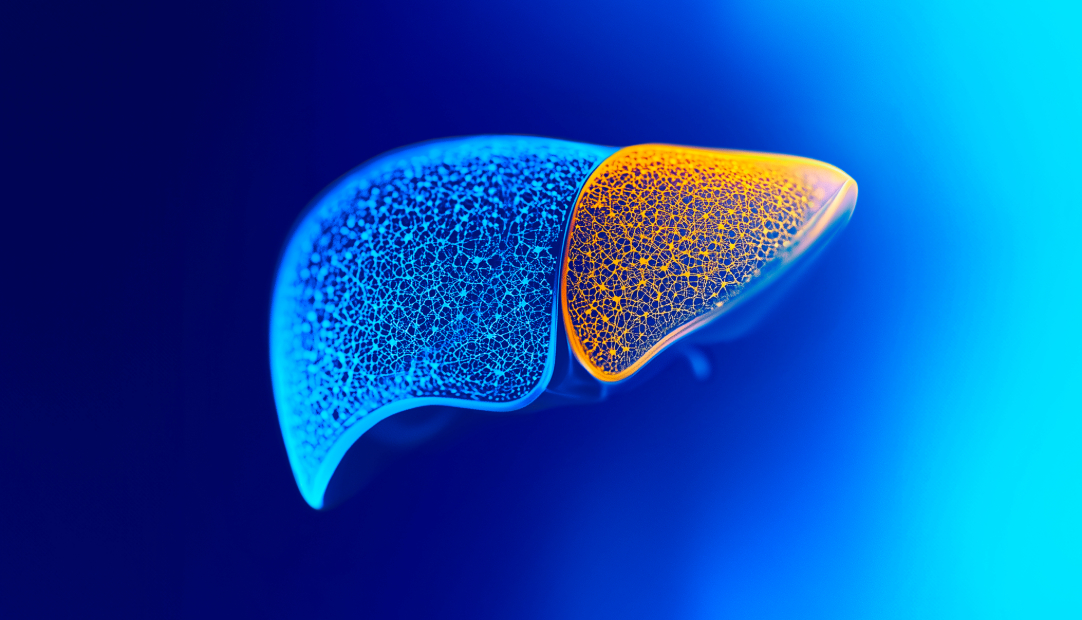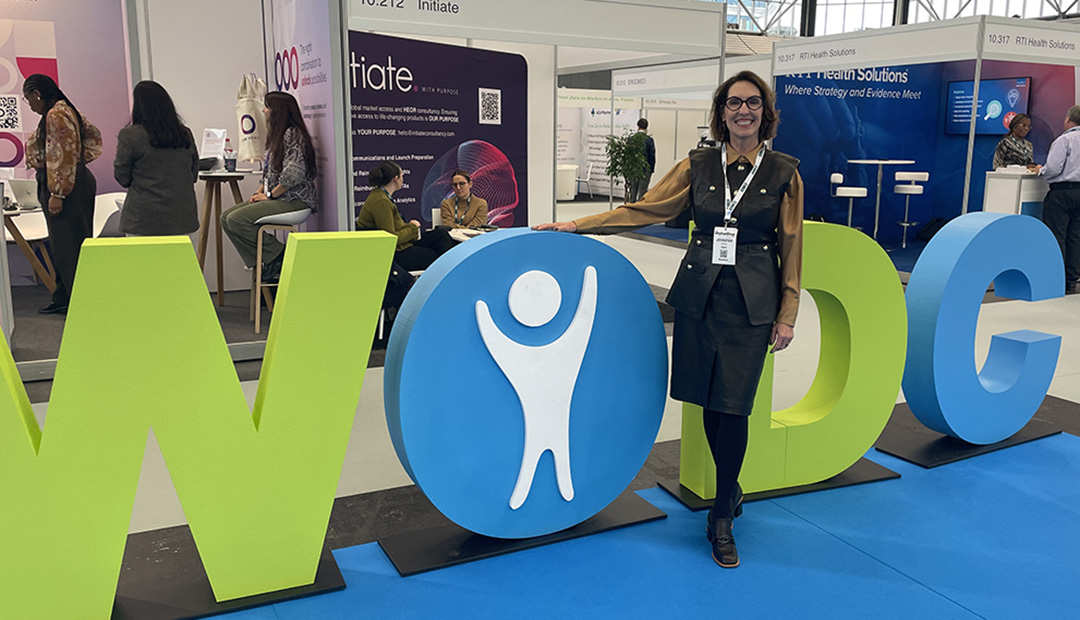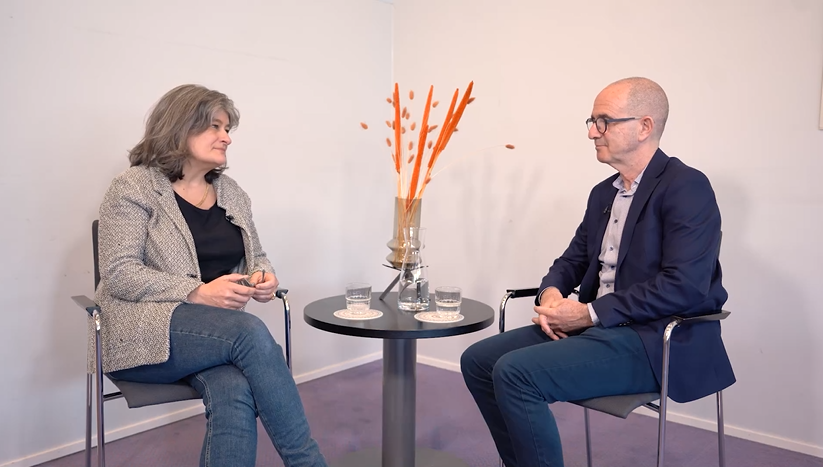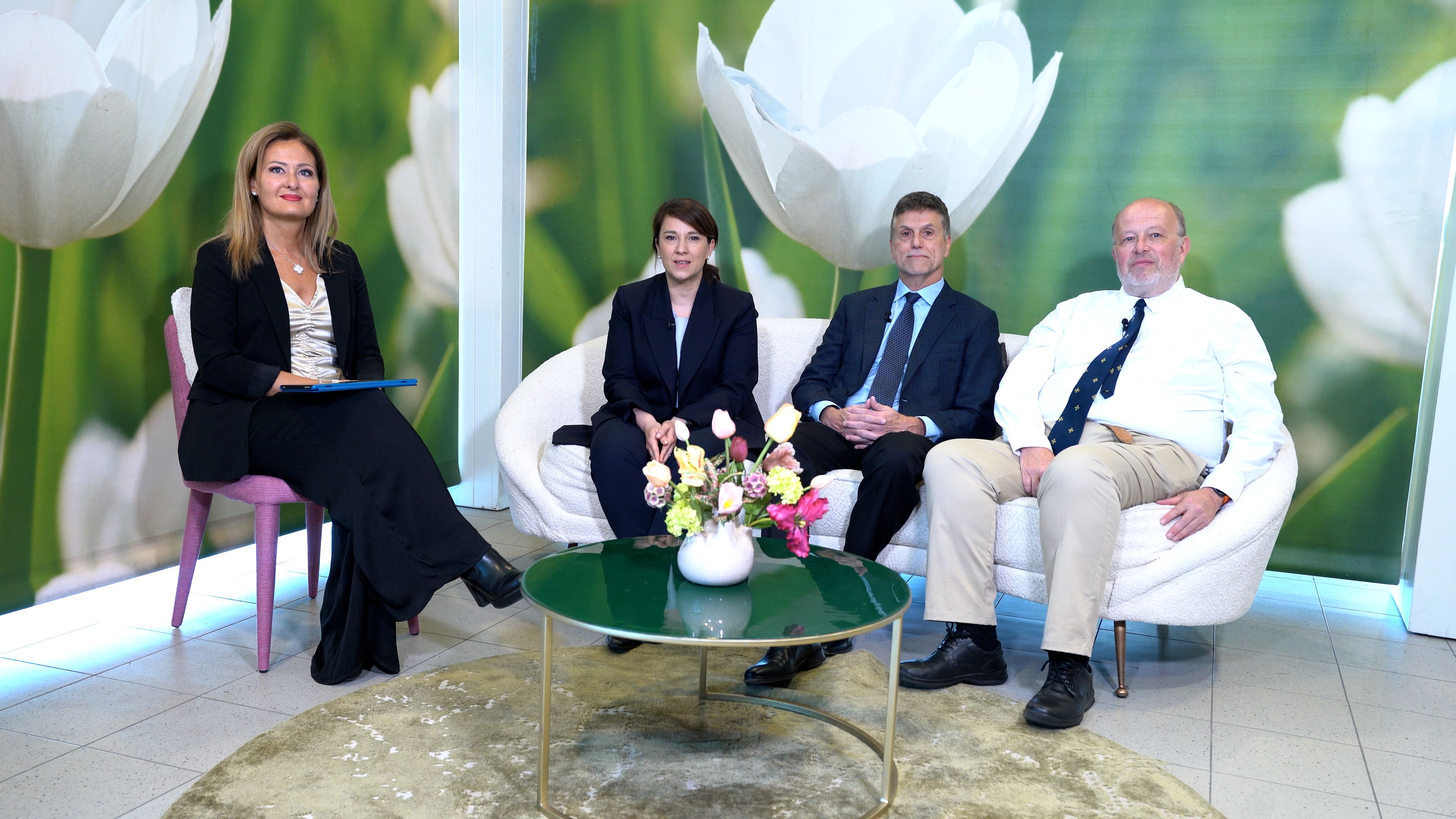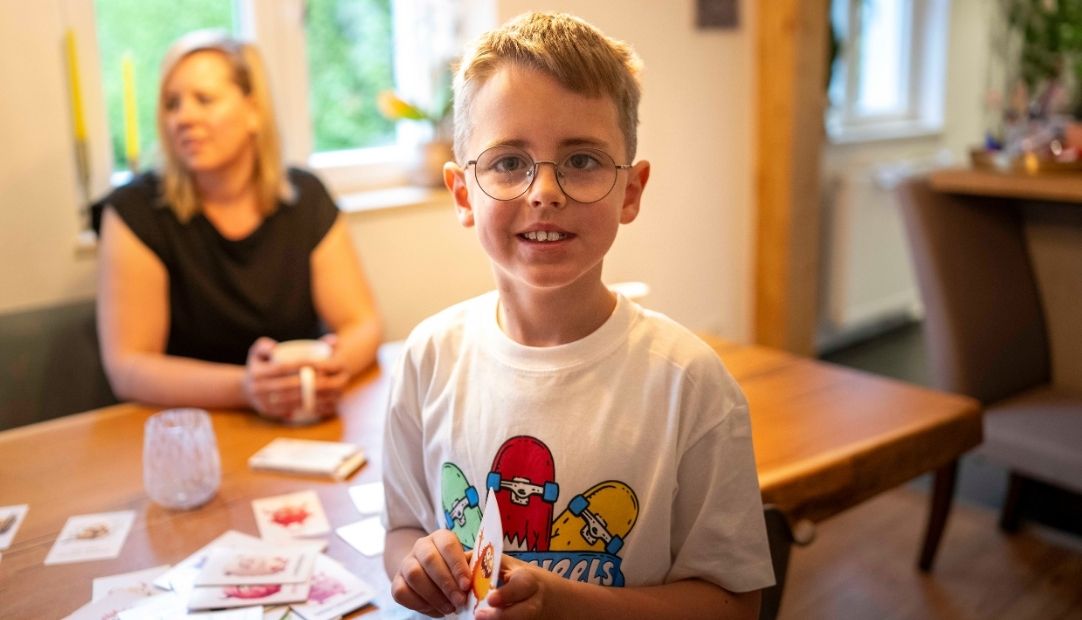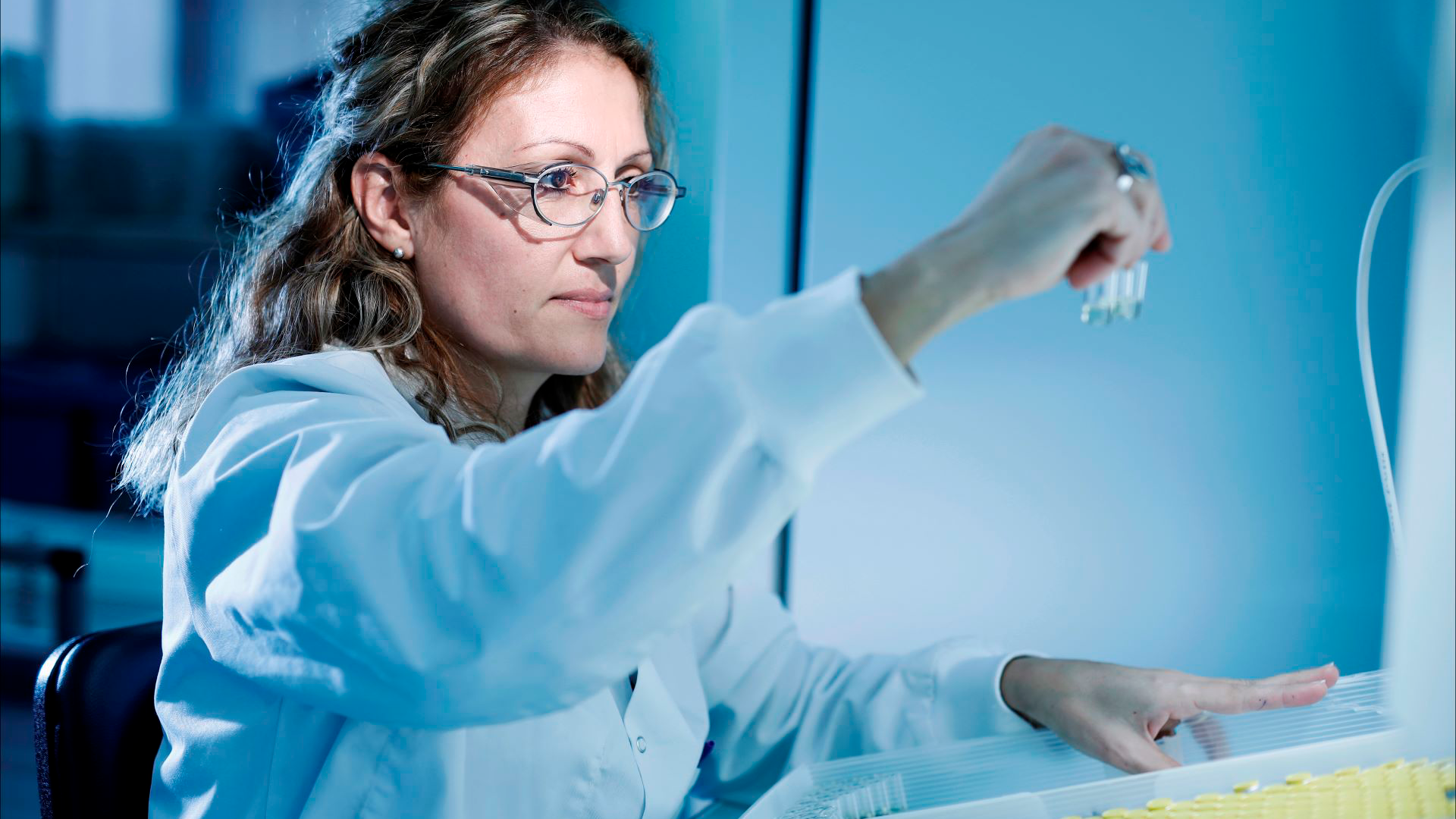Céline and Suzanne: Navigating Alagille Syndrome
At just nine years old, Suzanne is a bright, creative young girl who loves dancing, drawing, exploring the woods, and watching birds. Despite living with Alagille syndrome (ALGS), a rare genetic condition, she embraces life with enthusiasm and curiosity.
ALGS primarily affects the liver but can also impact other multiple organs in the body, including the heart, brain, bones and eyes1. In babies born with ALGS, the liver has fewer bile ducts, which means bile and toxins can’t flow out as normal. Instead, they build up in the body – a condition known as cholestasis2. This buildup is responsible for one of the most common and debilitating symptoms of ALGS – pruritus, or intense itching.
“This illness gets on my nerves, and I just want it to go away. To not be a part of my body.” – Suzanne
Shortly after her birth, Suzanne’s mother, Céline, sensed something wasn’t right. Despite a healthy pregnancy and delivery, Suzanne cried often and had a yellow complexion. A chance comment from a speech therapist confirmed Céline’s concerns, leading to a diagnosis of ALGS.
One of Suzanne’s greatest challenges has been severe pruritus, a relentless itch, that began when she was just nine months old. The discomfort was so intense that Céline often had to wake several times each night to comfort her, resulting in years of exhaustion and emotional strain for the whole family. Like many caregivers of children with rare diseases, Céline navigates the daily challenges of balancing care with the rhythms of family life.
“I had to get up almost every night, even several times in a night, to calm her down and soothe her. And that was very difficult. Because you have to be able to get through the day too, and then getting up at night inevitably makes you tired, even as a caregiving mother” – Céline
Today, with effective care, Suzanne continues to find joy in everyday activities. Patient organizations like AMFE (Association Maladies du Foie depuis l’Enfance) have also been a lifeline for the whole family, offering vital support, connection, and community for those living with rare liver diseases.
At Ipsen, we work closely with the rare liver disease community to understand what matters most. By partnering with the community, we strive to raise awareness, shorten the path to diagnosis, and reduce the emotional and physical burden families like Céline and Suzanne’s carry. For us, making a difference in their lives means everything.
.
References
- Bufler, P., Howard, R., Quadrado, L., Lacey, G., Terner-Rosenthal, J., Goldstein, A., Vig, P., & Kelly, D. (2025). The burden of Alagille syndrome: Uncovering the potential of emerging therapeutics – A comprehensive systematic literature review. Journal of Comparative Effectiveness Research, 14(2). https://doi.org/10.57264/cer-2024-0188
- National Organization for Rare Disorders. Rare Disease Database: Alagille Syndrome. Available at: https://rarediseases.org/rarediseases/ alagille-syndrome. Accessed May 2025.



